Green woodworking is a sustainable and eco-friendly approach that uses less energy and resources to produce finished products.
By using environmentally-friendly practices, you can help protect the environment and improve your health by reducing your carbon footprint.
Tips for Green Woodworking
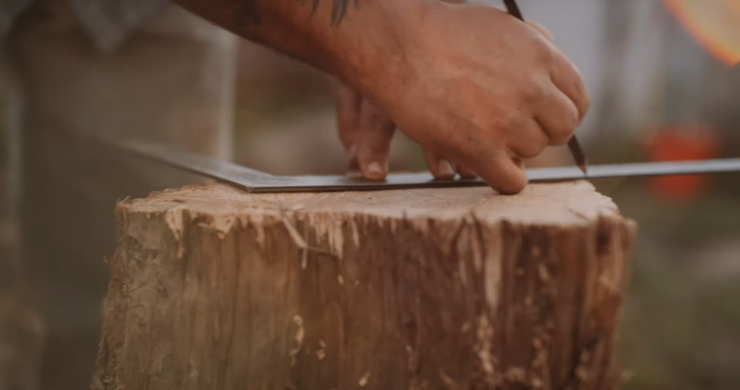
Green woodworking is craftsmanship that revolves around using environmentally friendly practices to create furniture, cabinets, and other objects from natural materials. It can be a rewarding way to use natural elements in your creations, and it can help you make a difference in the environment.
Here are four tips for green woodworking:
- Choose sustainable wood products. Some of the materials are sustainably harvested woods such as bamboo, straw, reed, and oak. Look for items that have been sustainably harvested and that are certified by the Forest Stewardship Council (FSC).
- Make use of recycled materials. When you’re able to find recycled wood products, use them in your projects. Recycled wood is often made from old furniture, lumber scraps, and other materials that would have otherwise been wasted.
- Use natural finishing methods. You can also use natural finishing methods on your projects to enhance their eco-friendliness. These methods include oiling or waxing your project’s timber before finishing it with a sealant such as linseed oil or beeswax.
- Educate yourself about environmental concerns and take action where you see fit. By being aware of your choices and taking action where necessary, you can help make a difference in the environment.
How Does Green Woodworking Work?
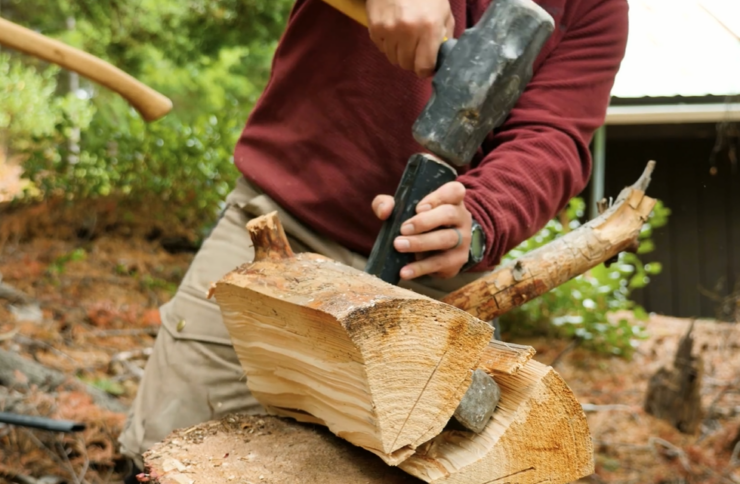
Green woodworking is a relatively new and growing craft that uses natural materials like wood, plants, and wood products to create items like furniture, home accents, and art.
To be considered “green,” the project must meet certain environmental criteria. For example, the wood must be harvested from trees that are at least 20 years old, the project must use no toxic or harmful chemicals, and the finished product must be recyclable or reused.
The benefits are numerous. For one, it’s environmentally friendly. Using natural materials instead of synthetic ones cuts down on pollution created by manufacturing processes. And because green woodworking is rooted in traditional techniques and methods, it preserves ancient skills and knowledge that can be passed down from one generation to the next.
Moreover, because green woodworking often uses sustainable materials like reclaimed wood or dried-out tree branches, it has a positive impact on the environment in the long run. Some people say that this is the next big thing in terms of environmentally friendly construction!
Different Types of Green Woodworking
The art of woodworking can be enjoyed by anyone with the willingness to learn. There are many different types of green woodworking, including traditional carpentry and furniture making, as well as more unique forms such as bowmaking and cabinetmaking. Whatever your interests may be, there is a type that will suit you.

Traditional Carpentry and Furniture Making
If you’re looking for a classic form of woodworking, traditional carpentry may be the route for you. This involves planning and cutting the pieces of wood to create the finished product, typically using hand tools such as a saw or chisel. This type of work can be quite tedious but offers great satisfaction when the final product is completed.
Bowmaking and Cabinetmaking
If you’re interested in crafting unique items that look more like works of art than everyday household objects, then bowmaking and cabinetmaking may be the perfect route for you. Both of these crafts require precision and accuracy when creating the finished product, so it’s not for the novice woodworker. However, the results are often very beautiful and unique.
Benefits of Green Woodworking
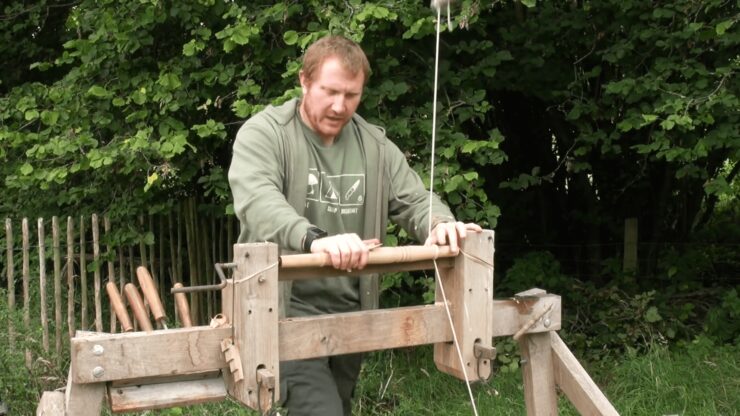
Here are six of the most important benefits:
1. Reduced Energy Consumption
Green woodworking techniques use less energy than traditional methods. This is due in part to the fact that woods are dry, which reduces the amount of water needed for processing and drying. In addition, using these techniques can help reduce your carbon footprint.
2. Reduced Wastefulness
Many of the materials used in traditional methods are wasteful. For example, sawdust and shavings from cutting boards and furniture can end up in landfills or polluting waterways. These techniques can help reduce this wastefulness by using recycled materials and salvaged materials where possible.
3. Increased Durability
Traditional methods can cause wooden objects to become brittle over time. This is due in part to the use of high-heat tools and chemicals that can damage the grain of the wood. Green woodworking techniques use lower heat and fewer chemicals, which results in a more durable product.
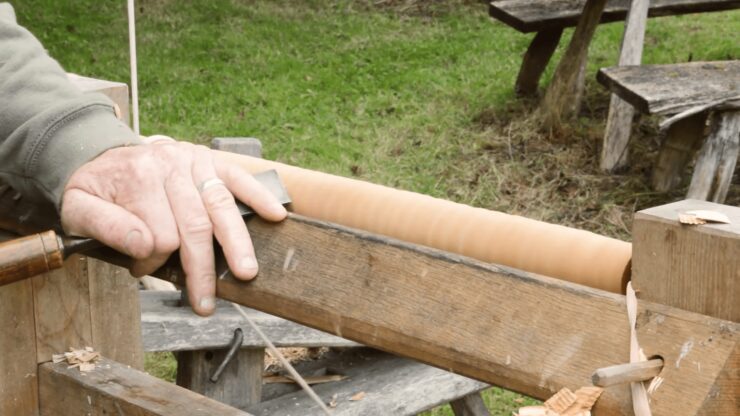
4. Improved Appearance
Using green woodworking techniques can result in a more aesthetically pleasing product. This is because green woods are often less dense and have a more open grain than other woods, which gives the finished product a more natural look. Additionally, the wood is not as prone to warping or rotting, which can add to the overall appearance of your project.
5. Reduced Waste
Choosing green woodworking techniques can result in significant reductions in the amount of waste that is created during the carpentry process. By using green wood, you will be able to save on both the quantity and quality of your lumber, which can ultimately lead to less waste overall.
6. Increased Durability
Green woodworking techniques can often result in increased durability when compared to other methods. Because green woods are less likely to crack or chip, which can lead to more stable and lasting projects. Additionally, green woods tend to resist moisture better than other woods, which can help to protect your project from damage caused by the weather.
What Supplies are Necessary?
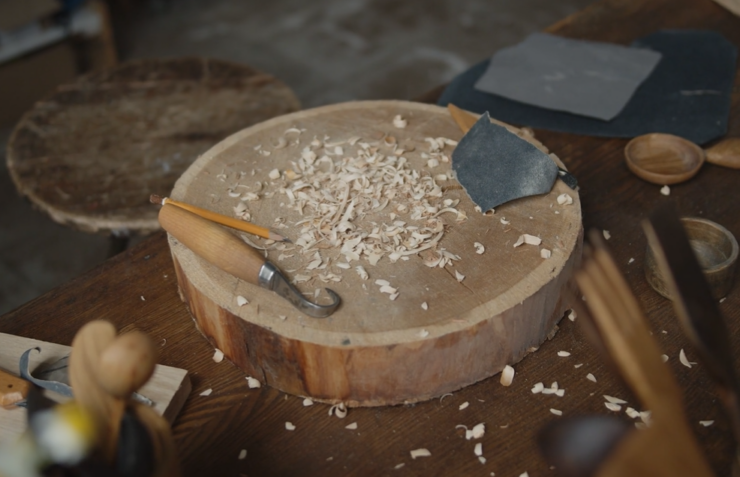
Green woodworking is a growing trend in furniture making and home decorating. To keep your project eco-friendly, you will need to make sure that the supplies you use are environmentally friendly as well.
Here is a list of necessary supplies:
- Tape measure
- Circular saw
- Miter saw
- Jigsaw
- Paint or stain of your choice
- Ruler or yardstick
- Cordless drill
- 1/4 inch bit
- 1-inch hole saw
- Paint or stain of your choice (optional)
- Stiles (optional)
Conclusion
There are many supplies and techniques that you will need to get started. By following these tips and using environmentally-friendly products, you can create beautiful and sustainable pieces of furniture.

